While trying to compile/build and boot custom kernel inside vmware workstation, while booting new kernel, it fails and falls to shell with error "failed to find disk by uuid". I tried this with both ubuntu and centos.
Things I tried but didn't help
- check mapping by uuid in boot entry and existence in directory.
- initramfs-update
- replaced root=uuid=<> with /dev/disk/sda3
is it issue with vmware workstation? how can it be rectified..??
